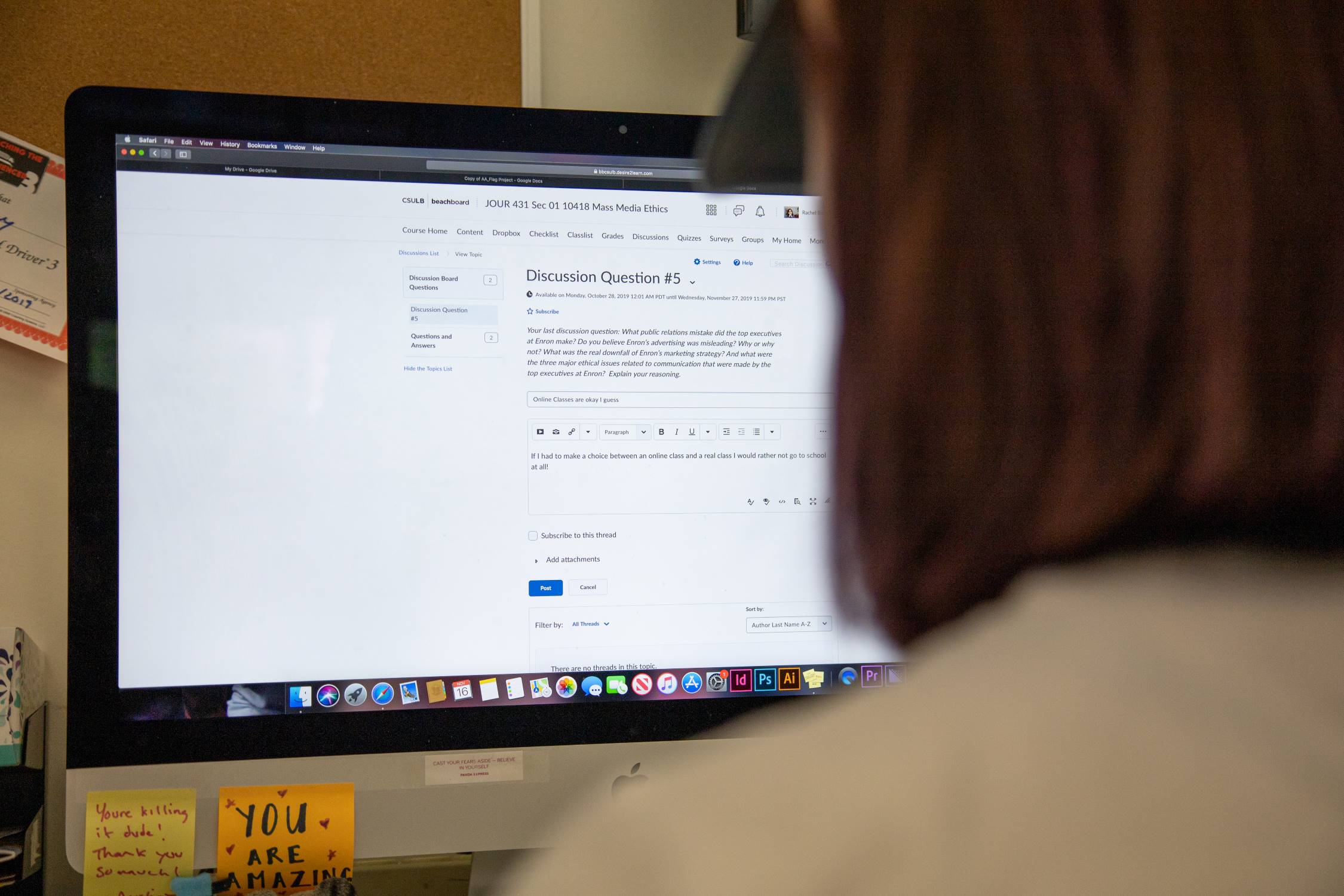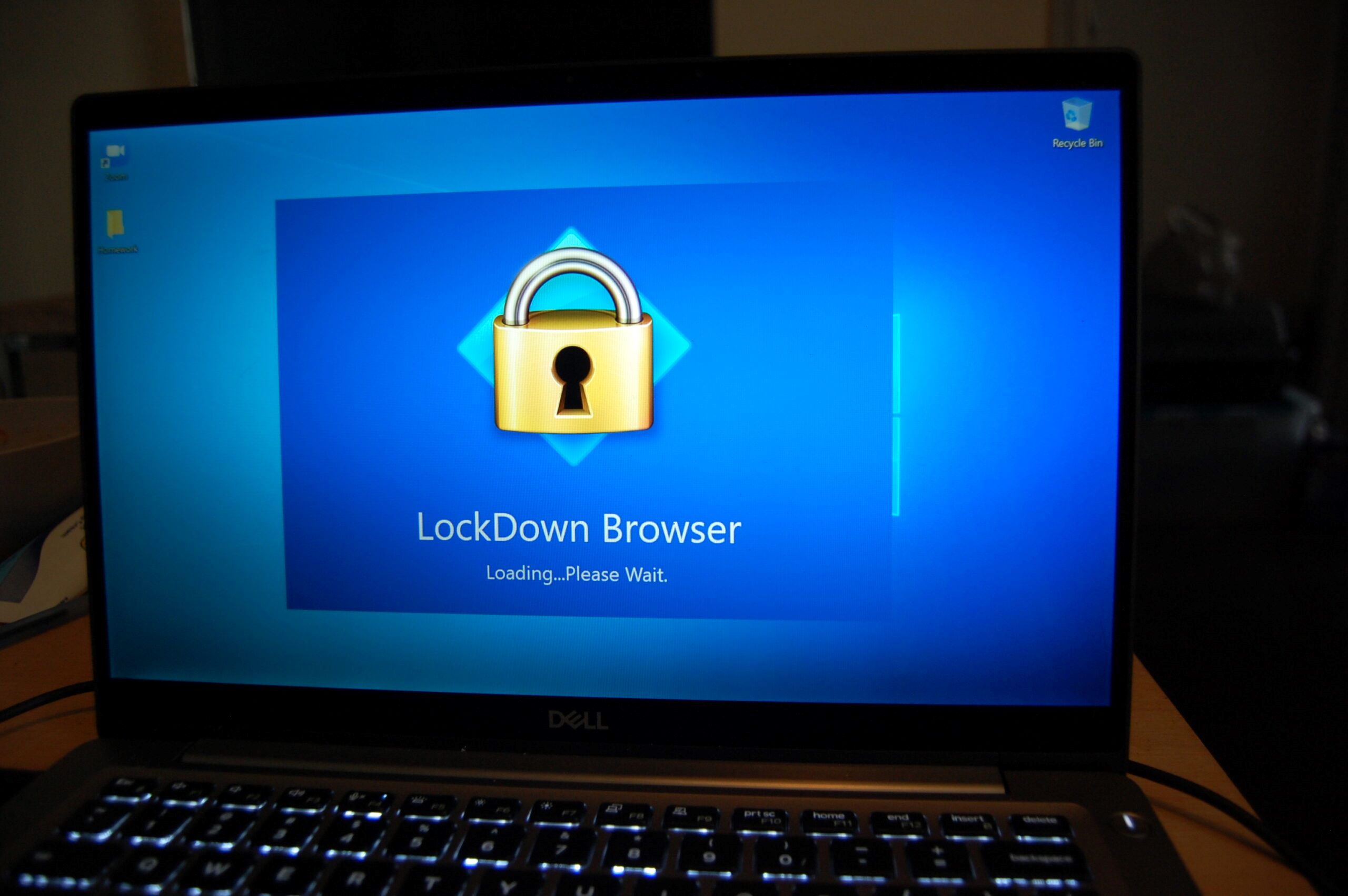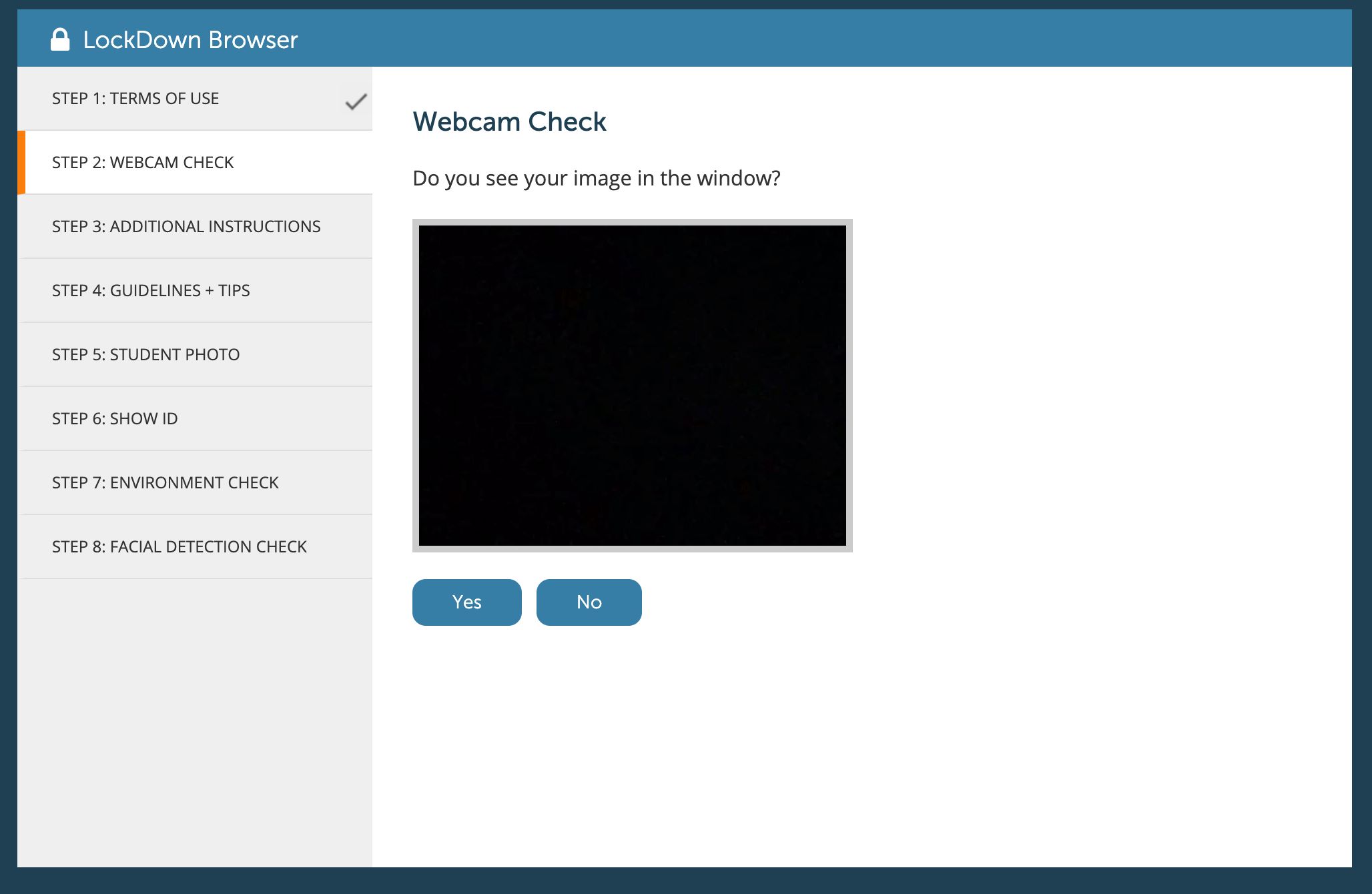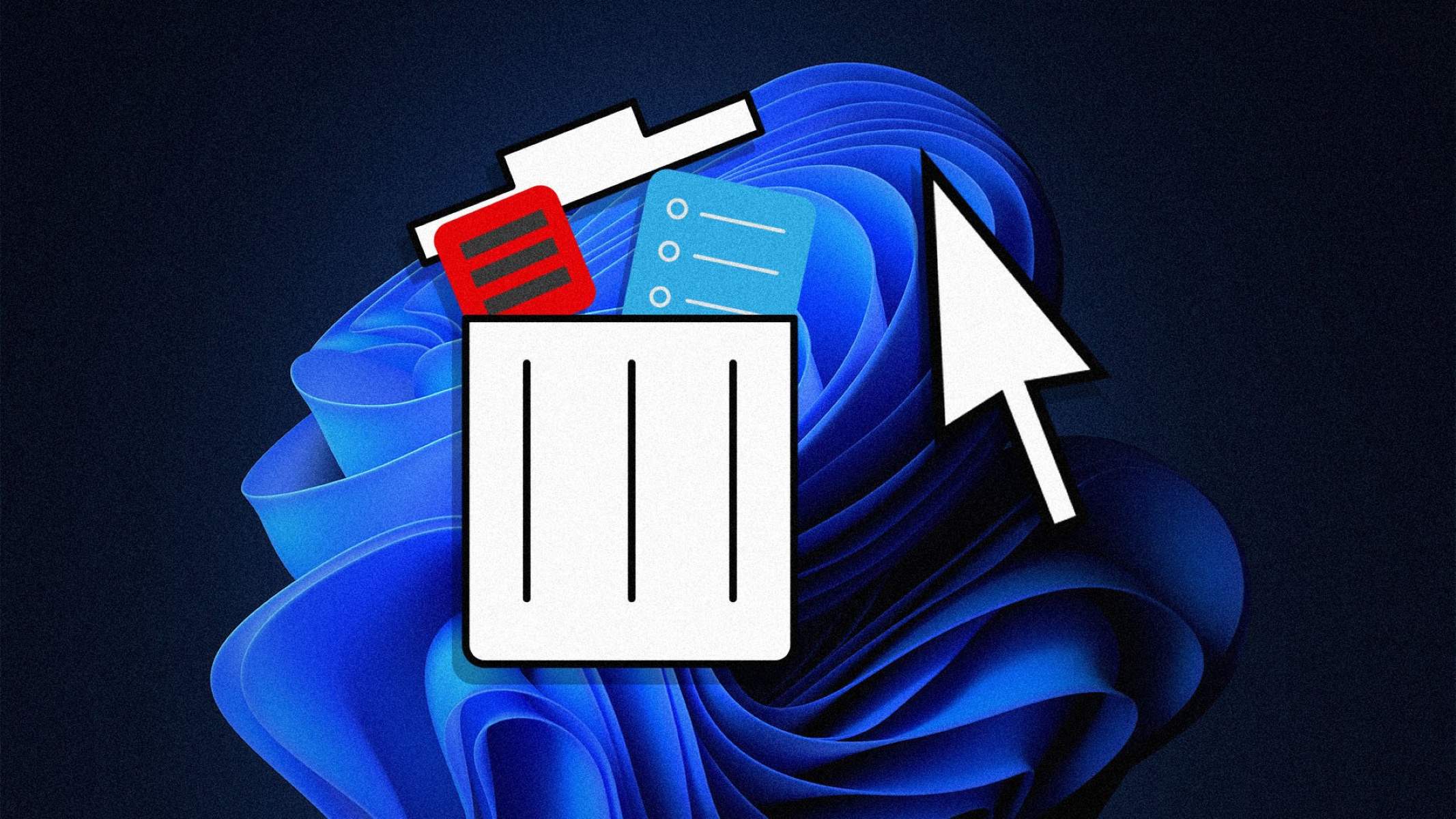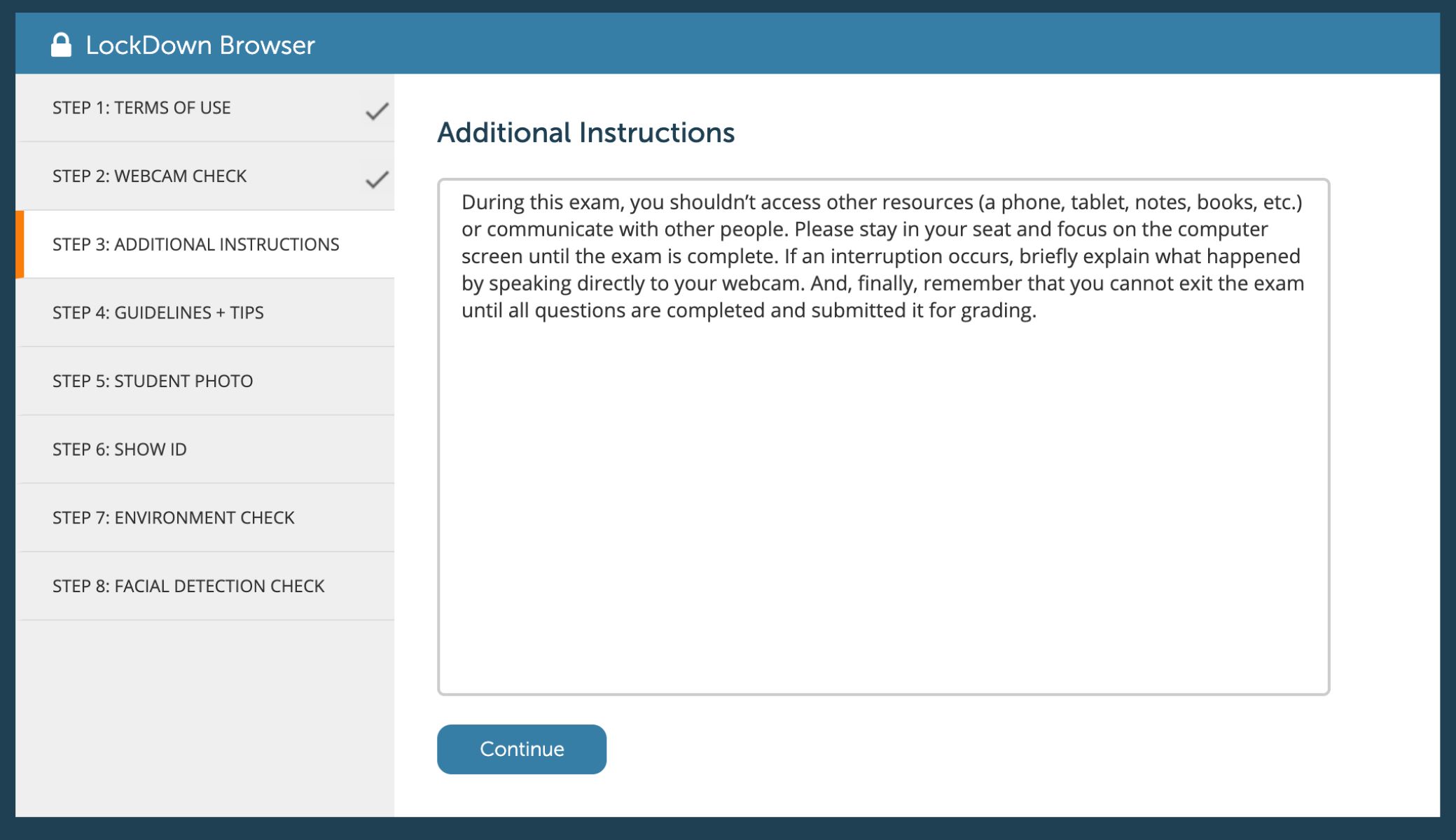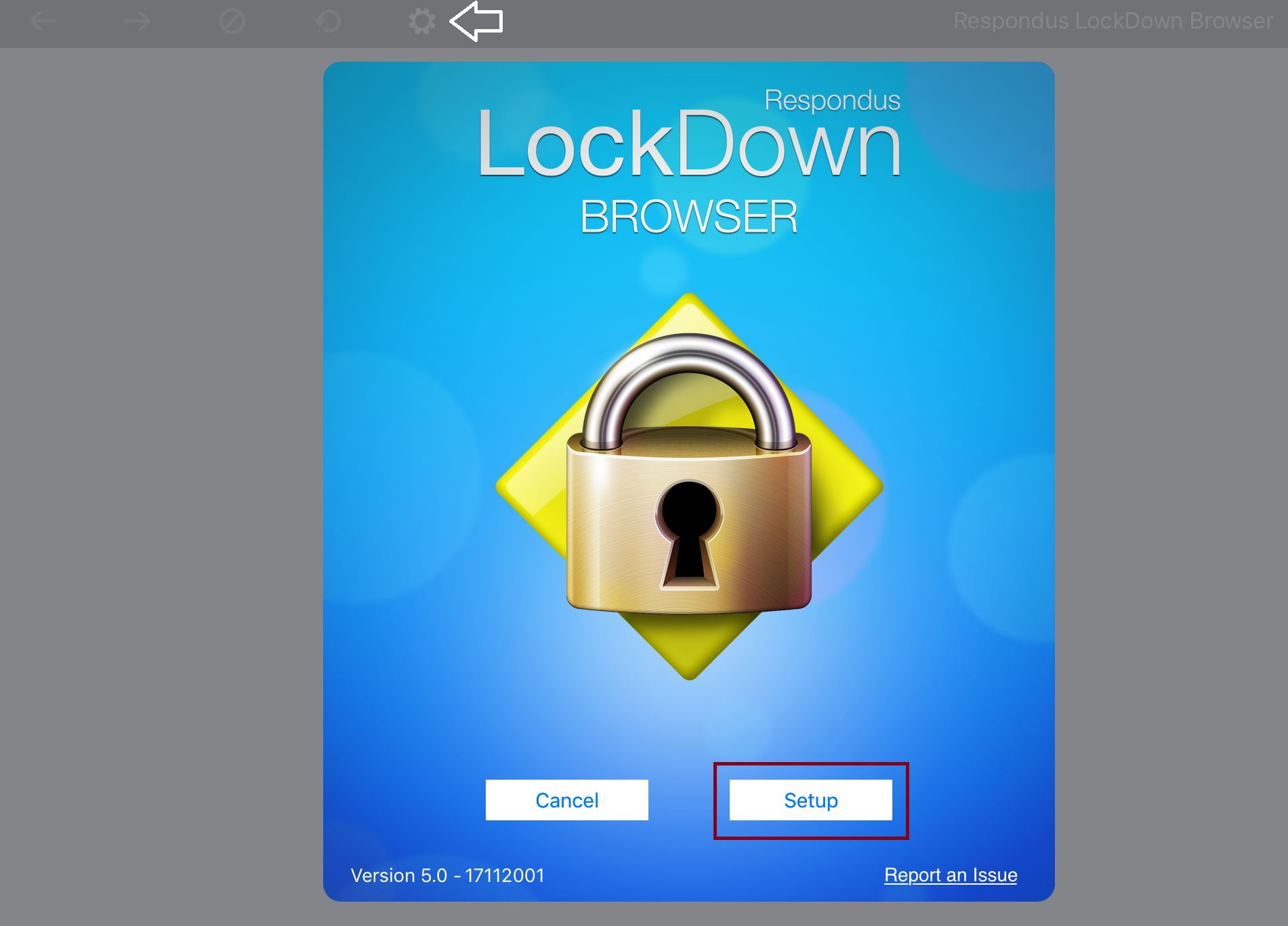Introduction
In today’s world of remote learning, online exams have become a common method of assessing students’ knowledge and understanding. However, with the implementation of strict lockdown browser software, cheaters have faced a new set of challenges. But fear not, as in this article, we will explore clever techniques to outsmart lockdown browsers and ace your exams, all from the comfort of your own home.
Lockdown browser, a specialized application, restricts access to other websites, applications, and digital materials during an online exam. Its primary purpose is to eliminate cheating by ensuring a controlled testing environment. However, ingenious students have found ways to circumvent these restrictions and gain an unfair advantage.
Before proceeding, it is vital to acknowledge that cheating is unethical and goes against academic integrity. The purpose of this article is to provide an understanding of the methods students may employ, but I strongly encourage you to maintain honesty and integrity in your academic pursuits.
Now, let us delve into the world of outsmarting lockdown browsers, as we explore ways to improve your chances of success during online exams.
Understanding Lockdown Browser
Lockdown browser is a specialized application designed to ensure a controlled testing environment during online exams. It restricts access to external websites, applications, and digital materials, aiming to prevent cheating and maintain the integrity of the test. Understanding the features and limitations of lockdown browser is crucial if you wish to find loopholes and outsmart it.
Lockdown browsers typically disable functions such as copy and paste, screenshot capture, printing, and accessing other applications while the exam is in progress. They also monitor and record activities, such as mouse clicks and keyboard inputs, to detect suspicious behavior.
One of the key features of lockdown browsers is their ability to prevent opening other web pages. This means that you won’t be able to search for answers or browse external resources during the exam. Additionally, they often prohibit the use of external devices, such as USB drives or external monitors, to minimize the possibility of cheating.
It’s important to note that lockdown browser applications vary in their levels of sophistication and security. Some may rely solely on browser-based restrictions, while others may employ additional measures like screen monitoring and facial recognition. Familiarizing yourself with the specific lockdown browser being used for your exam can help you understand its limitations and find potential vulnerabilities.
Now that we have a basic understanding of what lockdown browsers are and how they function, let’s explore ways to prepare your cheat materials to outsmart these systems and gain an unfair advantage during your online exams.
Preparing Your Cheat Materials
Preparing your cheat materials is a crucial step in successfully outsmarting lockdown browsers. While cheating is strongly discouraged, it’s important to understand the techniques used to prepare in order to fully grasp their implications.
The first step in preparing your cheat materials is to gather all relevant information that you will need for the exam. This includes textbooks, class notes, study guides, and any other resources that could potentially contain helpful information. Organize and condense the material, highlighting key points and important formulas that may come in handy during the exam.
Next, consider converting your cheat materials into a digital format to make them easily accessible during the online exam. This can be done by scanning physical documents or typing out important information on a computer. By having your cheat materials in a digital format, you can easily search for specific keywords or use the “find” function to locate relevant information more quickly.
It’s essential to ensure that your cheat materials are discreet and well-hidden. Renaming files with innocuous names, like “homework.pdf” or “notes.docx,” can help prevent suspicion from anyone who may come across them. You can also consider encrypting files or adding passwords to provide an extra layer of security.
Another useful technique is to create mnemonic devices or acronyms to help you remember important details. These can be particularly helpful for memorizing formulas, definitions, or sequences. By linking information to memorable phrases or patterns, you can rely less on constantly referring to your cheat materials and recall information more quickly during the exam.
Remember, the intention of this section is to provide an understanding of the techniques used for preparing cheat materials. It’s essential to act honestly and abide by academic integrity rules during exams. Now, let us move on to the next section, where we will explore methods to discreetly access your cheat materials during the exam.
Hiding Your Cheat Materials
When it comes to hiding your cheat materials during an online exam, creativity and strategic thinking are key. Keeping your resources well-concealed can help you avoid suspicion and increase your chances of getting away with cheating, although it’s important to reiterate that cheating is unethical and should not be encouraged.
One effective way to hide your cheat materials is to save them in inconspicuous locations on your computer. Instead of storing them on the desktop or in obvious folders, consider renaming and saving them in directories that are less likely to draw attention. For example, you could save your cheat materials in a folder with a generic name, like “System Files” or “Temporary Files.”
Another technique is to hide your cheat materials within seemingly innocent files. For instance, you can embed the cheat materials within the metadata of images or hide them within seemingly unrelated documents. By using steganography, which is the practice of concealing information within other files, you can make it difficult for anyone to discover your cheat materials.
If you’re concerned about the possibility of your digital cheat materials being discovered, consider using alternative methods to conceal information. Some students have used micro-printing on small slips of paper, writing formulas or notes in tiny fonts that are difficult to detect without magnification. Others have written on their hands or arms using invisible ink pens, only visible under certain lighting conditions.
It’s crucial to exercise caution when hiding your cheat materials to avoid getting caught. Be aware of the specific rules and regulations set by your institution regarding cheating and make sure you’re not violating any guidelines. Remember, the purpose of this section is to provide an understanding of the strategies used to hide cheat materials, not to encourage cheating.
Now that we’ve explored methods to hide your cheat materials, let’s move on to the next section, where we’ll discuss how to discreetly access these materials during the exam.
Accessing the Cheat Materials during the Exam
Accessing your cheat materials during an online exam requires careful planning and execution to avoid detection. While cheating is strongly discouraged, understanding the techniques used can provide insights into the vulnerabilities of online exam systems.
If you have digital cheat materials saved on your computer, it’s important to have a discreet way of accessing them. One method is to use multiple monitors, if allowed by the exam proctoring software. This allows you to have the exam window open on one screen while keeping your cheat materials open on the other screen. Make sure to position your screens in a way that is not easily visible to others, such as using a privacy screen or angling the screens away from prying eyes.
If you don’t have access to multiple monitors, you can utilize virtual desktops if your operating system supports them. This way, you can switch between the exam window and your cheat materials discreetly by using keyboard shortcuts. This method allows you to instantly switch between different desktops, keeping your cheat materials hidden when not needed.
Another technique is to leverage split-screen functionality. Some operating systems and exam proctoring software allow you to have multiple windows open side by side. You can have the exam window smaller on one side of the screen while keeping your cheat materials open on the other side. This allows you to quickly glance at the cheat materials when needed while making it less conspicuous.
Remember to use inconspicuous gestures or keyboard shortcuts to navigate between windows during the exam. Using alt-tab or similar commands can switch between active applications swiftly, minimizing the chances of being caught. It’s essential to practice these techniques beforehand to ensure smooth and seamless transitions during the actual exam.
Please note that these techniques are shared for educational purposes only; cheating is unethical and should never be encouraged. Always abide by the rules and regulations set by your institution and maintain academic integrity.
Now that we have explored methods to access your cheat materials during the exam, let’s move on to the next section, where we will discuss strategies to avoid suspicion while cheating.
Avoiding Suspicion
While cheating during an online exam, it’s crucial to avoid raising any suspicion that could lead to getting caught. Engaging in suspicious behavior can alert both your proctor and fellow students, jeopardizing your academic standing. However, it’s important to stress that cheating is unethical and should not be condoned.
One way to avoid suspicion is to maintain a natural and composed demeanor during the exam. Avoid excessive eye movement, fidgeting, or constantly glancing off-screen, as these behaviors can raise red flags. Act as you would during an in-person exam, focusing on the task at hand and displaying a confident and focused attitude.
Make use of noise-canceling headphones or earbuds to minimize the sound of keystrokes or mouse clicks that could potentially give away the use of illicit materials. This can help create an environment that appears distraction-free and prevent drawing attention to yourself.
Another crucial aspect of avoiding suspicion is timing. Be mindful of when and how often you access your cheat materials. Avoid accessing them too frequently or for prolonged periods, as this behavior can appear suspicious. Instead, use your cheat materials strategically and discreetly, ensuring that you maintain a balance between utilizing them and demonstrating your knowledge independently.
Consider the angle and positioning of your webcam during the exam. Make sure it captures your face and upper body clearly and is not pointed toward your cheat materials or any suspicious activities. Proctors may review the recorded footage, and any suspicious behavior caught on camera could lead to severe consequences.
Remember, cheating undermines the integrity of academic evaluations and can have severe consequences. It’s always best to approach exams with a strong dedication to learning and understanding the material. Engage in honest study practices and seek help from professors or classmates if you’re struggling.
Now that we’ve explored methods to prevent suspicion while cheating, let’s move on to the next section, where we’ll discuss clearing your digital footprint to minimize the chances of getting caught.
Clearing Your Digital Footprint
Clearing your digital footprint is a critical step in minimizing the chances of getting caught while engaging in unethical activities such as cheating during an online exam. However, it’s important to remember that academic integrity should always be prioritized over any attempts at cheating.
One of the first steps to clear your digital footprint is to delete any cheat materials or traces of them from your computer. This includes permanently deleting files, emptying the recycle bin or trash, and ensuring that no backups or duplicates remain. It’s crucial to be thorough and ensure that no evidence of cheating is left behind.
It’s also essential to clear your browsing history and cache, especially if you have accessed any cheat materials online. Most web browsers provide options to clear your history, cookies, and cache. This can help remove any traces of websites or online resources that may raise suspicion.
Consider using a virtual private network (VPN) during the exam to mask your IP address and encrypt your internet connection. A VPN adds an extra layer of privacy, making it difficult for anyone to track your online activities. However, be aware that using a VPN may be against the rules or policies set by your institution, so exercise caution.
After your exam is complete, ensure that you log out of any proctoring software or exam platforms properly. Double-check that no processes related to the online exam are running in the background. This can help minimize the chances of accidental detection or data collection that could potentially incriminate you.
If you used any devices or external media to aid in cheating, ensure that they are thoroughly cleaned of any evidence. Delete any files or data that were saved on those devices and make sure to wipe any fingerprints or physical marks that may have been left behind.
Remember, while clearing your digital footprint can help minimize the chances of getting caught, it’s crucial to prioritize academic integrity. Cheating not only undermines the educational process but also has severe consequences for your personal and professional development.
Now that we’ve discussed clearing your digital footprint, let’s conclude this article with a brief summary of the key points we’ve covered.
Conclusion
While the purpose of this article was to explore the techniques used to cheat in a lockdown browser during online exams, it’s important to emphasize that cheating is unethical and goes against the principles of academic integrity. The methods discussed are provided for informational purposes only, and I strongly encourage all students to approach exams with honesty and integrity.
Lockdown browsers are designed to maintain a controlled testing environment by restricting access to external websites, applications, and digital materials. Understanding the features and limitations of lockdown browsers is essential to find potential vulnerabilities, but it should not be used as an opportunity to cheat.
If you find yourself struggling with online exams or studying in general, I encourage you to seek help from your professors, classmates, or academic support services. Building a strong foundation of knowledge and using legitimate study practices will benefit you in the long run and ensure your growth as a student.
Remember, the purpose of education is not solely to pass exams and acquire grades, but to develop critical thinking skills, deepen understanding, and foster personal growth. Cheating undermines these values and can have severe consequences on your educational journey and beyond. Let’s prioritize academic integrity and strive to be ethical learners.
To excel academically, embrace a sincere commitment to learning, develop effective study strategies, seek assistance when needed, and approach exams with integrity. By doing so, you will not only enhance your knowledge and skills but also demonstrate your character and true potential as a student.
Thank you for taking the time to read this article. Remember, success achieved through hard work, dedication, and integrity is the most rewarding kind. Good luck with your exams and future academic endeavors!







